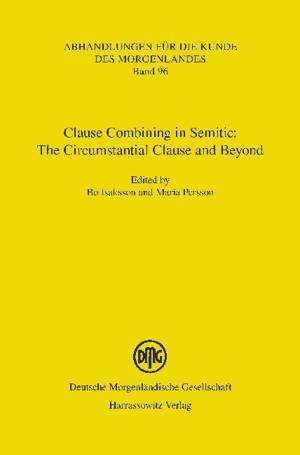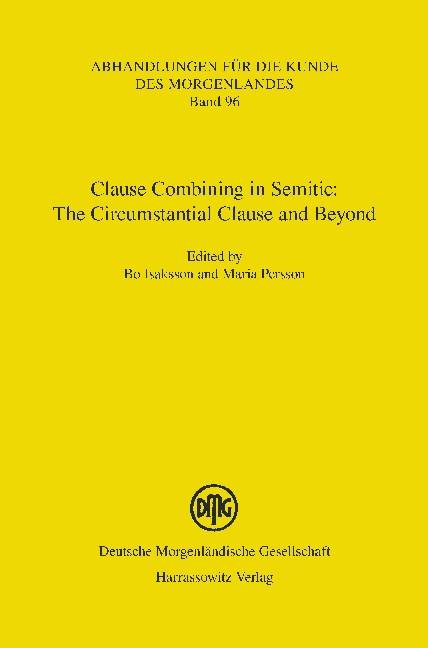
- Afhalen na 1 uur in een winkel met voorraad
- Gratis thuislevering in België vanaf € 30
- Ruim aanbod met 7 miljoen producten
- Afhalen na 1 uur in een winkel met voorraad
- Gratis thuislevering in België vanaf € 30
- Ruim aanbod met 7 miljoen producten
Clause Combining in Semitic
The Circumstantial Clause and Beyond
€ 153,45
+ 306 punten
Omschrijving
The volume presents the results of an international project carried out in cooperation between the Uppsala University, the Hebrew University in Jerusalem, Lund University and the University of Gothenburg. The questions put forward in the project were: How is hypotaxis marked in Semitic, other than by conjunctions? How does this affect the organization of texts? More specifically, what constitutes a circumstantial clause? To find an answer to these questions, all the major Semitic language families and some modern spoken Semitic dialects were surveyed within the project. Thus, Clause Combining in Semitic: The Circumstantial Clause and Beyond examines how different kinds of clauses combine to a text in a number of Semitic languages (Ethio-Semitic not included). Specifically, many of its chapters examine how circumstantial clauses are coded in individual Semitic languages.
Specificaties
Betrokkenen
- Uitgeverij:
Inhoud
- Aantal bladzijden:
- 418
- Taal:
- Engels
- Reeks:
- Reeksnummer:
- nr. 96
Eigenschappen
- Productcode (EAN):
- 9783447104050
- Verschijningsdatum:
- 28/04/2015
- Uitvoering:
- Hardcover
- Formaat:
- Genaaid
- Afmetingen:
- 155 mm x 224 mm
- Gewicht:
- 725 g

Alleen bij Standaard Boekhandel
+ 306 punten op je klantenkaart van Standaard Boekhandel
Beoordelingen
We publiceren alleen reviews die voldoen aan de voorwaarden voor reviews. Bekijk onze voorwaarden voor reviews.









